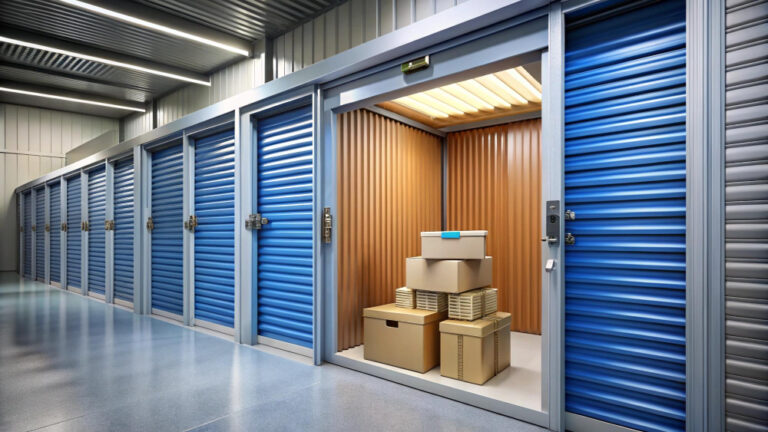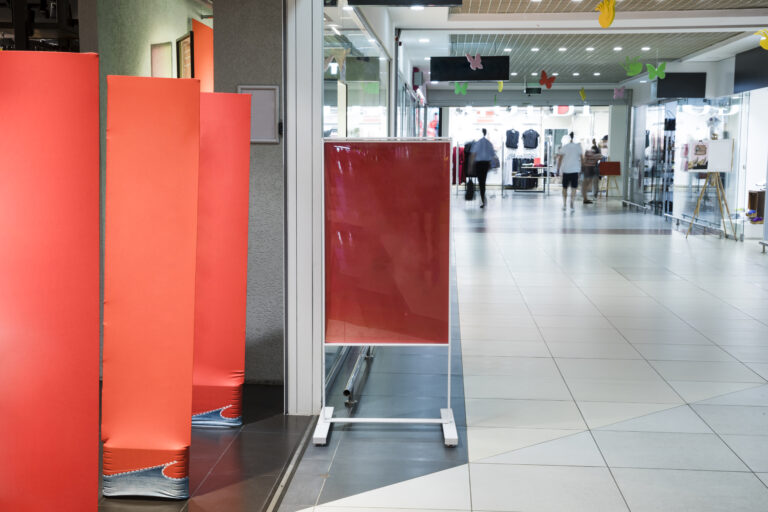Office furniture comes in many forms, designed for both individual and communal use. The purpose of these furnishings is to ensure smooth business operations and support employee productivity.
Some pieces directly impact daily operations—like the best computer desks for IT teams—while others contribute indirectly, such as a well-organized pantry that enhances employee comfort and efficiency.
Here’s a complete explanation of the different types of office furniture and how each plays an important role.
Types of Office Furniture


Main Operational Furniture
- Work Desks: Available in various sizes and styles—single desks arranged in layouts for neatness, or large meeting desks that encourage open interaction among employees.
- Office Chairs: Essential companions to desks. Ergonomic chairs are highly recommended to ensure employee comfort and long-term health.
- Meeting Tables: Placed in meeting rooms, they play a vital role in decision-making.
- Reception Desks: Larger companies typically need a reception desk to help manage guest and client arrivals.
Storage Furniture


- Filing Cabinets: Special cabinets designed to store documents in folders.
- Archive Cabinets: For organizing documents, files, and important paperwork.
- Bookcases: To store books, magazines, or reference materials.
- Safes: For keeping valuable items and confidential documents secure.
- Lockers: For employees’ personal belongings.
Supporting Furniture


- Sofas and Guest Chairs: For waiting areas or reception lounges.
- Partitions or Screens: To separate work areas or provide privacy. In some offices, partitions serve as a primary feature to create private workspaces.
- Whiteboards: For meetings, presentations, or brainstorming sessions.
- Lighting: Desk lamps or hanging lights for adequate illumination.
Additional Furniture
- Trash Bins: Essential for maintaining office cleanliness.
- Bulletin Boards: To display important information.
- Pantry Cabinets: Mini pantries are often provided in offices with essentials such as refrigerators, water dispensers, food warmers, and coffee makers.
- Pantry Tables: If space allows, providing a table and chairs in the pantry gives employees a comfortable place to enjoy meals.
Tips for Choosing Office Furniture
To maximize the benefits of your office furniture, consider the following:
- Prioritize ergonomics: Desks and chairs should support proper posture to prevent long-term health issues.
- Select durable materials: Solid wood, steel, or high-quality plastic can withstand daily use.
- Consider space design: Choose furniture that complements your office interior and doesn’t overcrowd the room.
- Flexibility is key: Modular or easy-to-move furniture makes rearranging the workspace much easier.
Need Extra Space? Store Office Furniture with SpaceHub
During office renovations, relocations, or downsizing, businesses often need temporary storage for their office furniture. Storing furniture carelessly can lead to damage from dust, humidity, or accidental bumps.
SpaceHub offers a modern storage solution in Jakarta with clean, secure, and flexible units—ideal for keeping office furniture safe during transitions.
Discover how SpaceHub can help you find extra space for your office furniture:
Website: www.spacehub.id
Instagram | TikTok: @spacehub.storage
Facebook: SpaceHub Storage Indonesia




